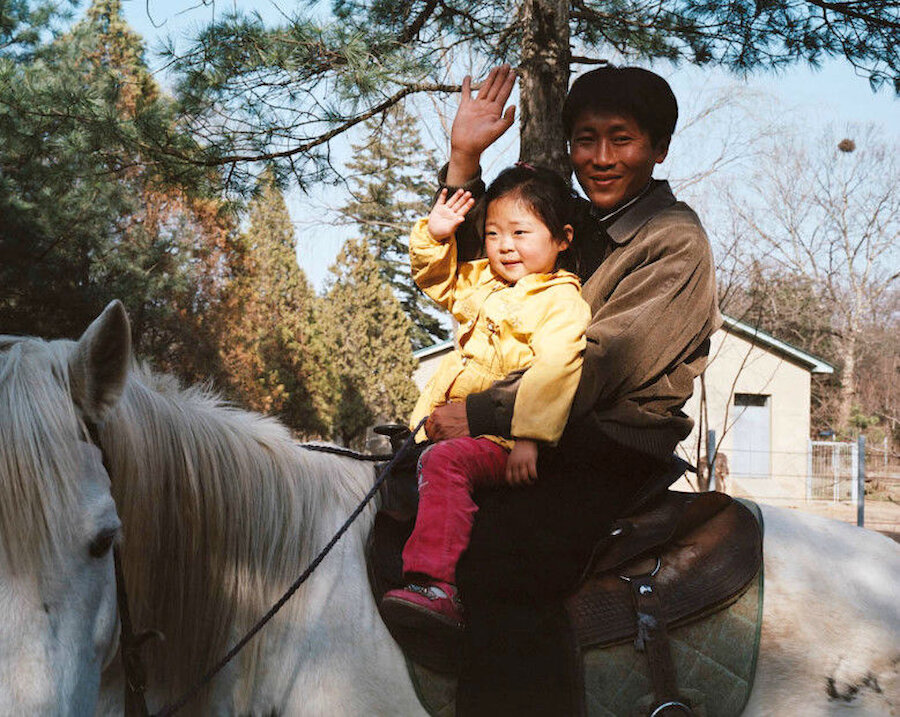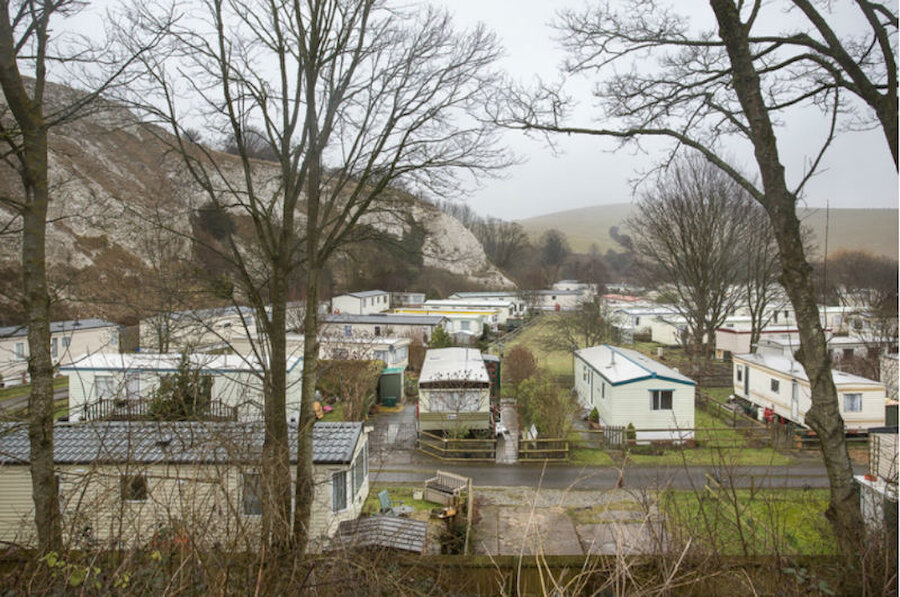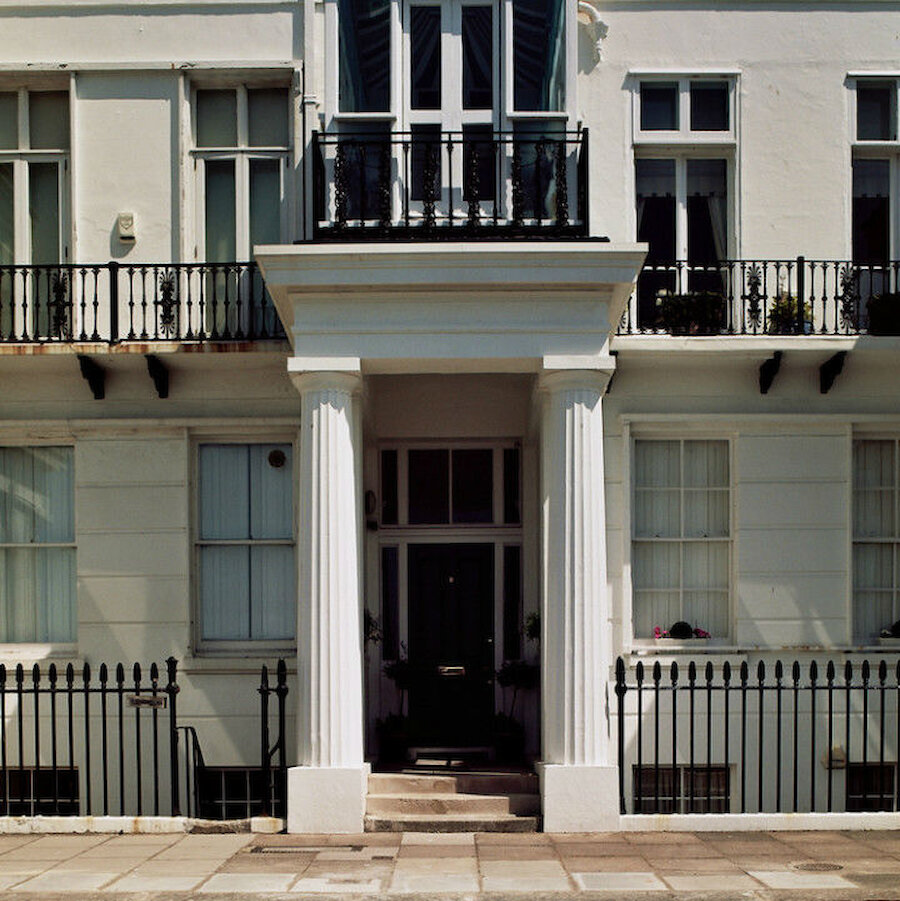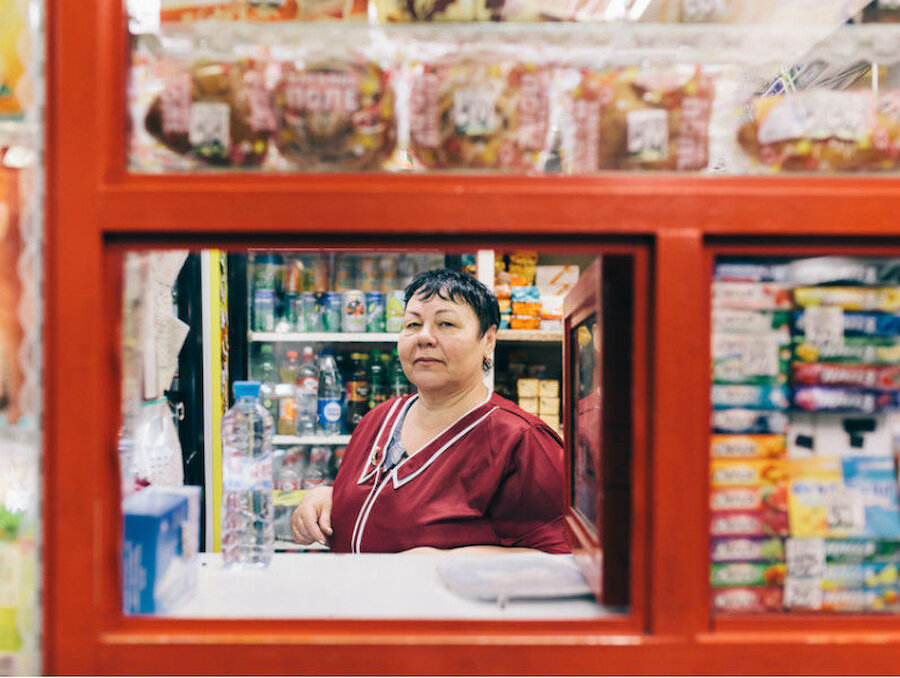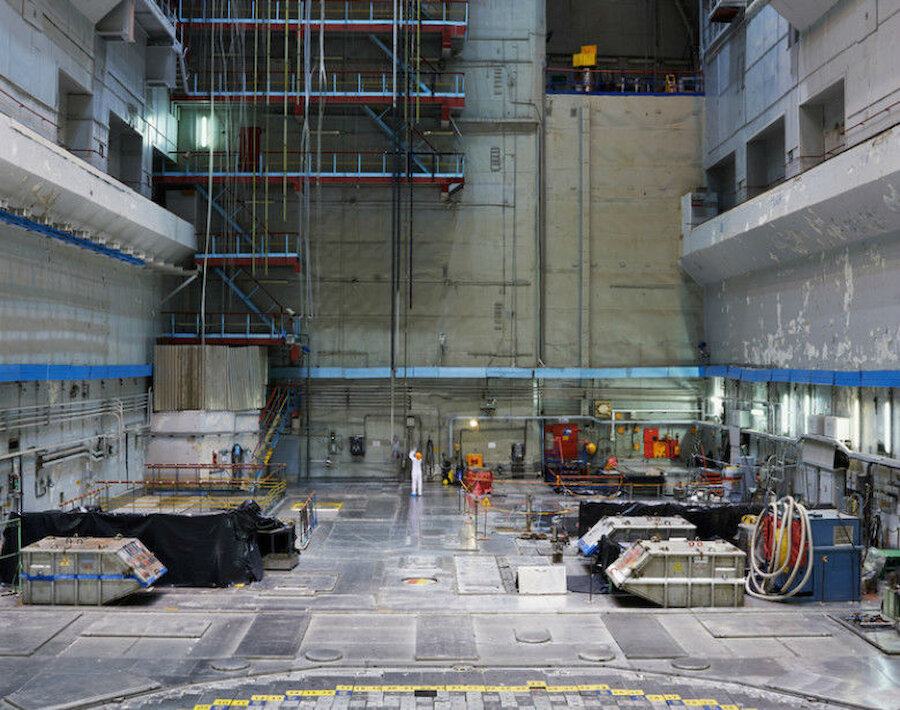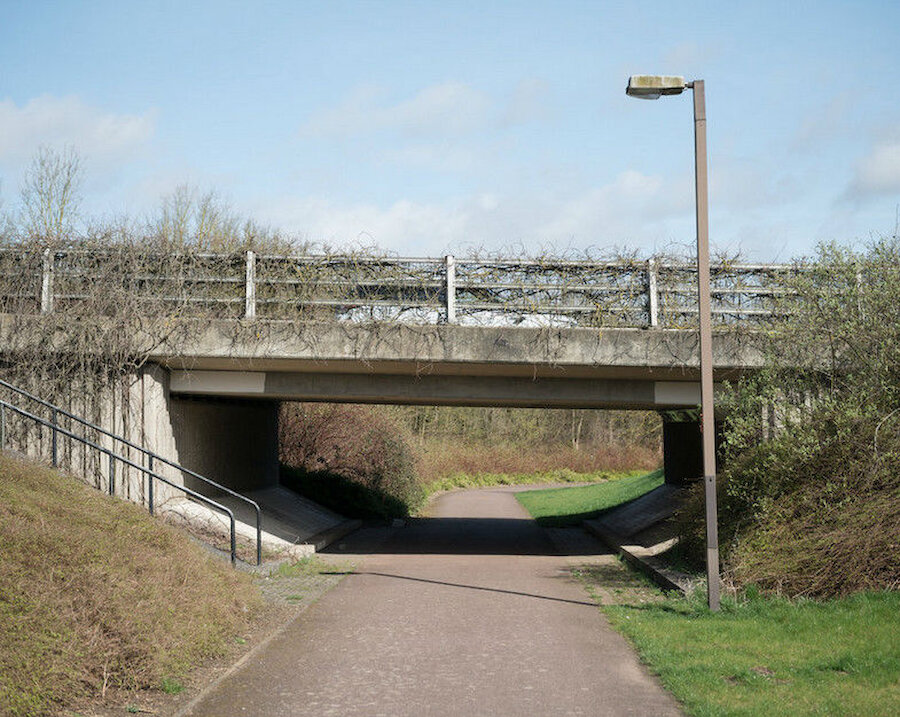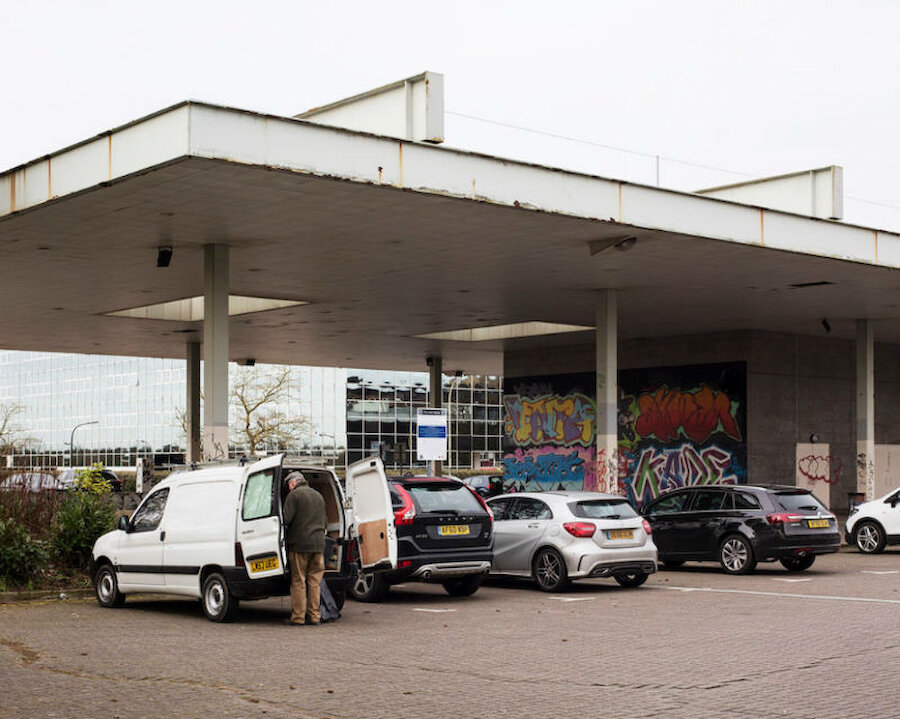A photographers’ collective is heading for Shetland in April, with plans to cover subjects that range from architecture and the human aspects of birdwatching to women working in the arts or possibly the oil industry. Newcomers to Shetland are also likely to feature.
The collective, known as MAP6, was established around six years ago by a number of students on the MA photography course at Brighton University. They’ve previously visited Lithuania, Moscow and, most recently, Milton Keynes. Individually, though, the members are very widely travelled and have worked all over the world; for example, the group’s newest member, Brittany-based Phil Le Gal, has documented a visit to North Korea, and the image above comes from that fascinating gallery.
Their work has been widely exhibited at venues including the Royal Academy and National Portrait Gallery in London. They focus on the relationship between place and people and, each year, they travel to a place that’s new to all members of the group. Six of the group will be heading to Shetland: Heather Shuker, Paul Walsh, David Sterry, Mitch Karunaratne, Richard Chivers and Phil Le Gal.
The group works collaboratively during all stages of the project, from picture making and directing to editing. Artistic collaboration – and how it can be developed – is something that they seek to understand and strengthen.

